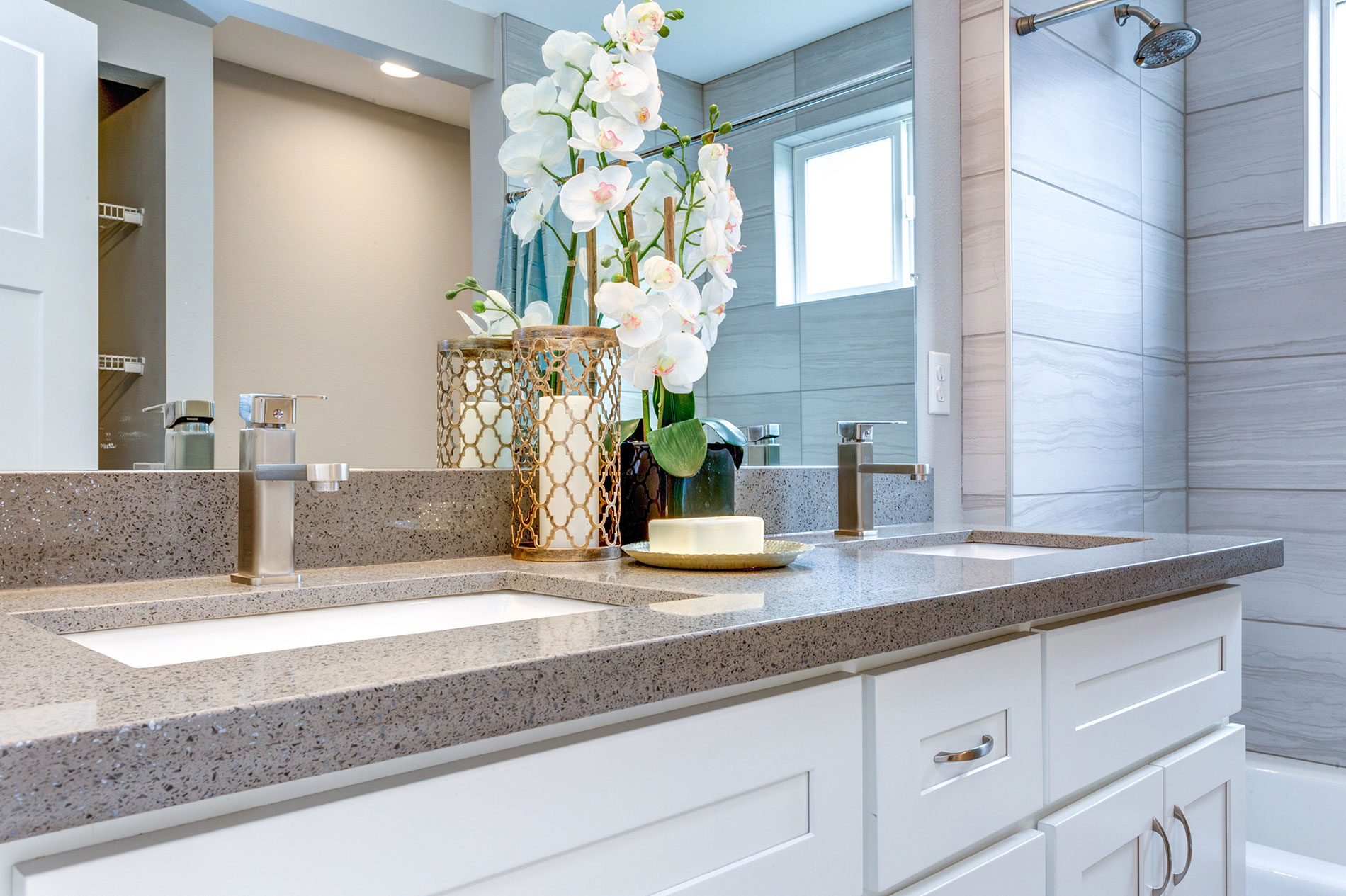When it comes to designing your living room, one of the most important decisions you'll have to make is choosing the right colors. The color scheme of your living room can greatly impact the overall look and feel of the space. Whether you want a cozy and inviting atmosphere or a bold and modern aesthetic, the colors you choose will play a major role. So how do you go about choosing the perfect colors for your living room? It can seem like a daunting task, but with the right tips and tricks, you can easily create a beautiful and cohesive color scheme that reflects your personal style and enhances your living space.1. Choosing the Right Colors for Your Living Room
One of the first things to consider when choosing living room colors is the size and layout of your space. If you have a small living room, you may want to stick with lighter, more neutral colors to make the space feel larger and more open. On the other hand, if you have a large living room, you can experiment with bolder and darker colors to create a cozy and intimate atmosphere. Another important factor to consider is the purpose of your living room. Is it a space for entertaining guests, or is it more of a relaxed and casual family room? The colors you choose should reflect the function of the room and the mood you want to create. For example, if you want a more lively and energetic space, you may opt for brighter and warmer colors, while cooler and muted tones can create a calming and serene environment.2. Tips for Choosing the Perfect Living Room Color Scheme
When it comes to choosing paint colors, it's always a good idea to start with a color palette. Look for inspiration in magazines, online, or even in nature. You can also use a color wheel to help you choose complementary or contrasting colors for a more dynamic look. Keep in mind that the color of your furniture and decor can also influence your color choices. If you have a statement piece of furniture, you may want to choose colors that complement or contrast with it. If you have a neutral-colored sofa, you can add pops of color through pillows, rugs, and other accessories.3. How to Choose the Best Paint Colors for Your Living Room
When it comes to choosing living room colors, there are some dos and don'ts to keep in mind. Do consider the natural light in your living room and how it will affect the colors you choose. Natural light can make colors appear different, so it's important to test them out in different lighting conditions before making a decision. Don't be afraid to mix and match colors, but do make sure they work well together. You can use a color palette or a color wheel to ensure that the colors you choose complement each other. Don't feel limited to just one or two colors - you can create a more interesting and dynamic space by incorporating multiple colors.4. The Dos and Don'ts of Choosing Living Room Colors
Your living room is a reflection of your personal style and taste, so it's important to choose colors that represent you. If you love bold and vibrant colors, don't be afraid to incorporate them into your living room. If you prefer a more muted and neutral color palette, you can add pops of color through accents and accessories. Remember, your living room should be a space that makes you feel comfortable and happy, so don't feel pressured to follow trends or choose colors that don't resonate with you.5. Choosing Living Room Colors That Reflect Your Personality
Did you know that colors can have a psychological impact on our mood and emotions? When choosing living room colors, it's important to consider the psychological effects they can have. For example, blue is known to promote relaxation and calmness, while yellow can bring energy and happiness into a space. Keep in mind that everyone may react differently to colors, so it's important to choose colors that make you feel good and create the atmosphere you want in your living room.6. The Psychology of Color: Choosing the Right Living Room Colors
If you already have furniture and decor in your living room, it's important to choose colors that complement them. Look at the colors and patterns in your furniture and find colors that work well with them. You can also choose colors that are in the same color family to create a cohesive and harmonious look. For example, if you have a blue sofa, you can choose shades of blue for your walls or accents. If you have a patterned rug with various colors, you can choose one of those colors to use as the main color in your living room color scheme.7. Choosing Living Room Colors That Complement Your Furniture
Using a color wheel can be a helpful tool when choosing living room colors. A color wheel shows the relationship between colors and can help you choose complementary or contrasting colors for a balanced and visually appealing color scheme. Start by choosing a main color for your living room, then use the color wheel to find colors that work well with it. You can choose colors that are directly opposite, next to, or triadic to your main color for a cohesive look.8. How to Use a Color Wheel for Choosing Living Room Colors
If you have a small living room, choosing the right colors is key to creating the illusion of a larger space. Lighter colors, such as white, cream, and pastels, can help make a room feel more spacious. You can also use mirrors to reflect light and make the room appear bigger. Alternatively, if you want to add depth and dimension to a small living room, you can use darker colors on one accent wall while keeping the rest of the walls light. This can create the illusion of a larger space without making the room feel too dark or cramped.9. Choosing Living Room Colors for Small Spaces
Lastly, it's important to consider the impact of lighting on your living room colors. Natural light can make colors appear different, so it's important to test out your color choices in different lighting conditions. You'll also want to consider the type of artificial lighting you have in your living room, as different bulbs can also affect the way colors look. Using warm or cool lighting can also influence the mood of your living room. Warm lighting can create a cozy and intimate atmosphere, while cool lighting can make a space feel more modern and sleek. Consider the overall look and feel you want to achieve in your living room when choosing lighting and how it will work with your chosen color scheme. In conclusion, choosing the right colors for your living room takes some thought and consideration. By following these tips and tricks, you can create a beautiful and inviting space that reflects your personal style and enhances your living experience. Remember to have fun and don't be afraid to experiment with different colors and combinations until you find the perfect color scheme for your living room.10. The Impact of Lighting on Choosing Living Room Colors
Choosing the Perfect Living Room Colors: A Guide to Creating a Beautiful and Harmonious Space

The Power of Colors in Interior Design
 When it comes to designing our homes, one of the most important factors to consider is color.
Colors have the ability to evoke emotions and set the tone for a space, making it a crucial element in creating a harmonious and inviting living room.
With so many options available, it can be overwhelming to choose the right colors for your living room. However, with the right guidance, you can easily create a visually pleasing and functional space that reflects your personal style.
When it comes to designing our homes, one of the most important factors to consider is color.
Colors have the ability to evoke emotions and set the tone for a space, making it a crucial element in creating a harmonious and inviting living room.
With so many options available, it can be overwhelming to choose the right colors for your living room. However, with the right guidance, you can easily create a visually pleasing and functional space that reflects your personal style.
Start with a Color Scheme
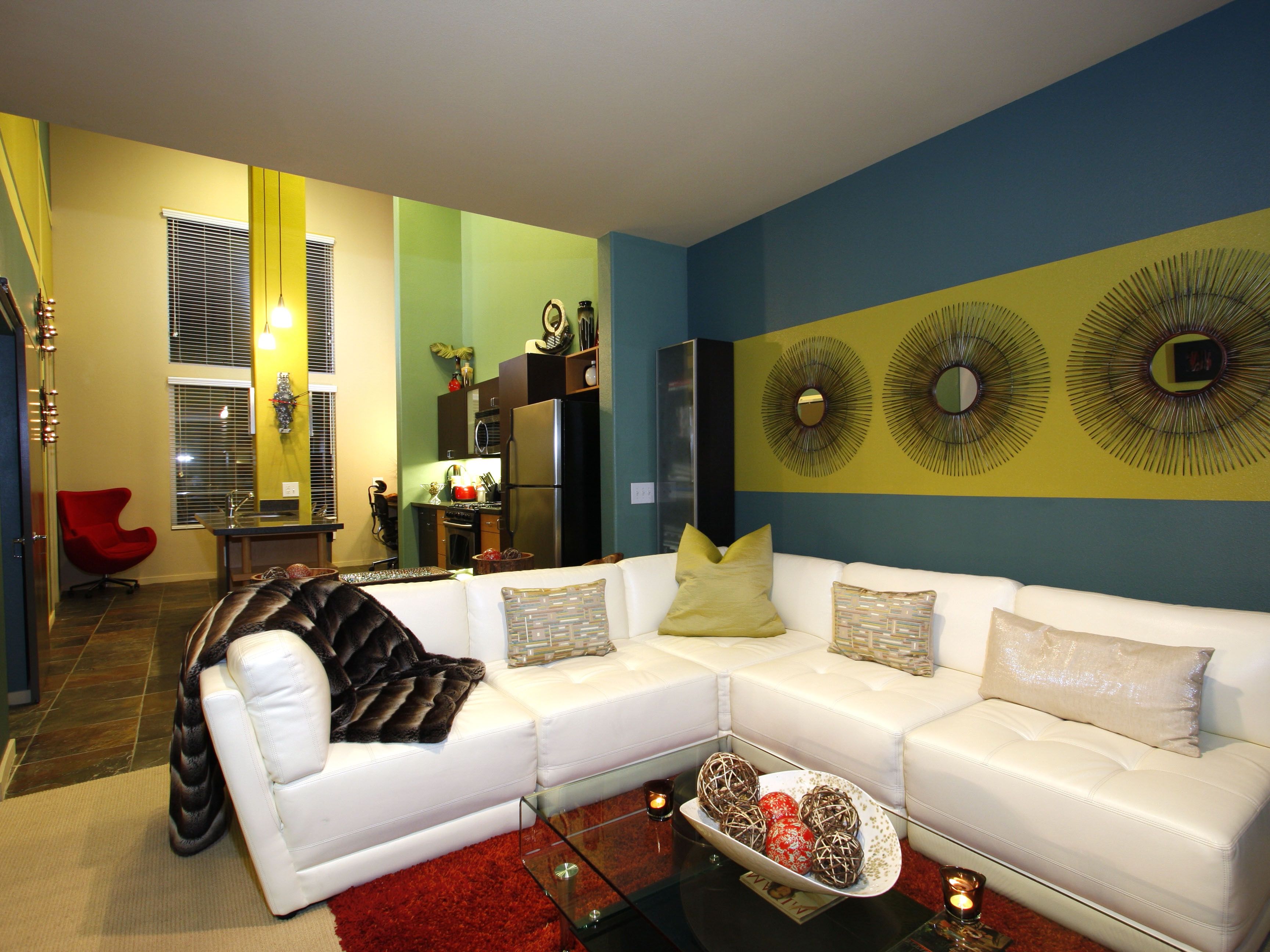 Before choosing specific colors for your living room, it's important to establish a color palette or scheme.
This will serve as the foundation for your design and help you make cohesive color choices. There are several color schemes to choose from, such as monochromatic, complementary, analogous, and triadic.
Monochromatic color schemes involve using shades, tints, and tones of a single color, while complementary schemes involve pairing opposite colors on the color wheel.
Analogous schemes use colors that are next to each other on the wheel, creating a harmonious and cohesive look. Triadic schemes involve using three colors that are equally spaced on the color wheel.
Before choosing specific colors for your living room, it's important to establish a color palette or scheme.
This will serve as the foundation for your design and help you make cohesive color choices. There are several color schemes to choose from, such as monochromatic, complementary, analogous, and triadic.
Monochromatic color schemes involve using shades, tints, and tones of a single color, while complementary schemes involve pairing opposite colors on the color wheel.
Analogous schemes use colors that are next to each other on the wheel, creating a harmonious and cohesive look. Triadic schemes involve using three colors that are equally spaced on the color wheel.
Consider the Size and Lighting of Your Living Room
 When choosing living room colors, it's important to consider the size and lighting of your space.
Lighter colors tend to make a room feel larger and more open, while darker colors can create a cozy and intimate atmosphere.
If your living room receives a lot of natural light, you may want to opt for cooler colors to balance out the warmth of the sun.
In smaller living rooms, lighter and brighter colors can help create the illusion of a larger space. However, don't be afraid to use darker colors in a smaller room, as they can add depth and create a cozy ambiance.
When choosing living room colors, it's important to consider the size and lighting of your space.
Lighter colors tend to make a room feel larger and more open, while darker colors can create a cozy and intimate atmosphere.
If your living room receives a lot of natural light, you may want to opt for cooler colors to balance out the warmth of the sun.
In smaller living rooms, lighter and brighter colors can help create the illusion of a larger space. However, don't be afraid to use darker colors in a smaller room, as they can add depth and create a cozy ambiance.
The Psychology of Color
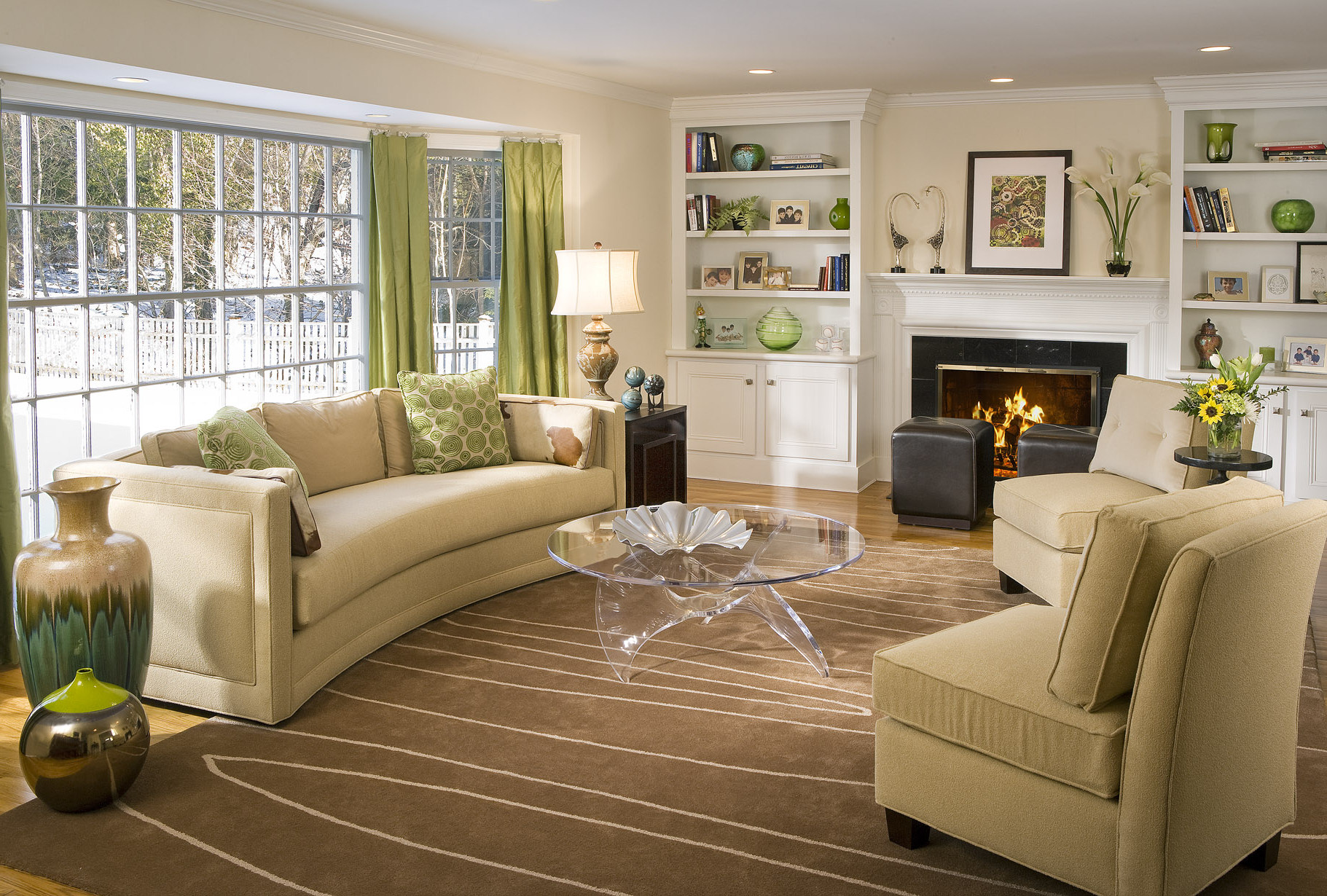 Colors have the power to influence our mood and behavior, so it's important to choose colors that align with the atmosphere you want to create in your living room.
For example, shades of blue can create a calm and relaxing environment, while warm tones like red and orange can add energy and vibrancy.
Keep in mind that different shades of the same color can also have different effects.
For example, a bright yellow can be energizing, while a muted yellow can create a warm and cozy atmosphere.
Colors have the power to influence our mood and behavior, so it's important to choose colors that align with the atmosphere you want to create in your living room.
For example, shades of blue can create a calm and relaxing environment, while warm tones like red and orange can add energy and vibrancy.
Keep in mind that different shades of the same color can also have different effects.
For example, a bright yellow can be energizing, while a muted yellow can create a warm and cozy atmosphere.
Don't Be Afraid to Experiment
:max_bytes(150000):strip_icc()/showcase-home-interior-looks-inviting--487916813-5accd093fa6bcc00361bb970.jpg) Choosing living room colors is a process, and it's okay to experiment and make changes along the way.
Start with a few colors that you love and create a color scheme from there.
Remember to consider the existing furniture and decor in your living room, as well as your personal style and preferences.
Play around with different shades, textures, and patterns to create a unique and visually appealing space.
In conclusion,
choosing the perfect living room colors is a combination of personal preference, understanding color schemes and psychology, and consideration of the size and lighting of your space.
With these tips in mind, you can create a beautiful and harmonious living room that reflects your unique style and personality. So go ahead and experiment with different colors, and don't be afraid to let your creativity shine through.
Choosing living room colors is a process, and it's okay to experiment and make changes along the way.
Start with a few colors that you love and create a color scheme from there.
Remember to consider the existing furniture and decor in your living room, as well as your personal style and preferences.
Play around with different shades, textures, and patterns to create a unique and visually appealing space.
In conclusion,
choosing the perfect living room colors is a combination of personal preference, understanding color schemes and psychology, and consideration of the size and lighting of your space.
With these tips in mind, you can create a beautiful and harmonious living room that reflects your unique style and personality. So go ahead and experiment with different colors, and don't be afraid to let your creativity shine through.



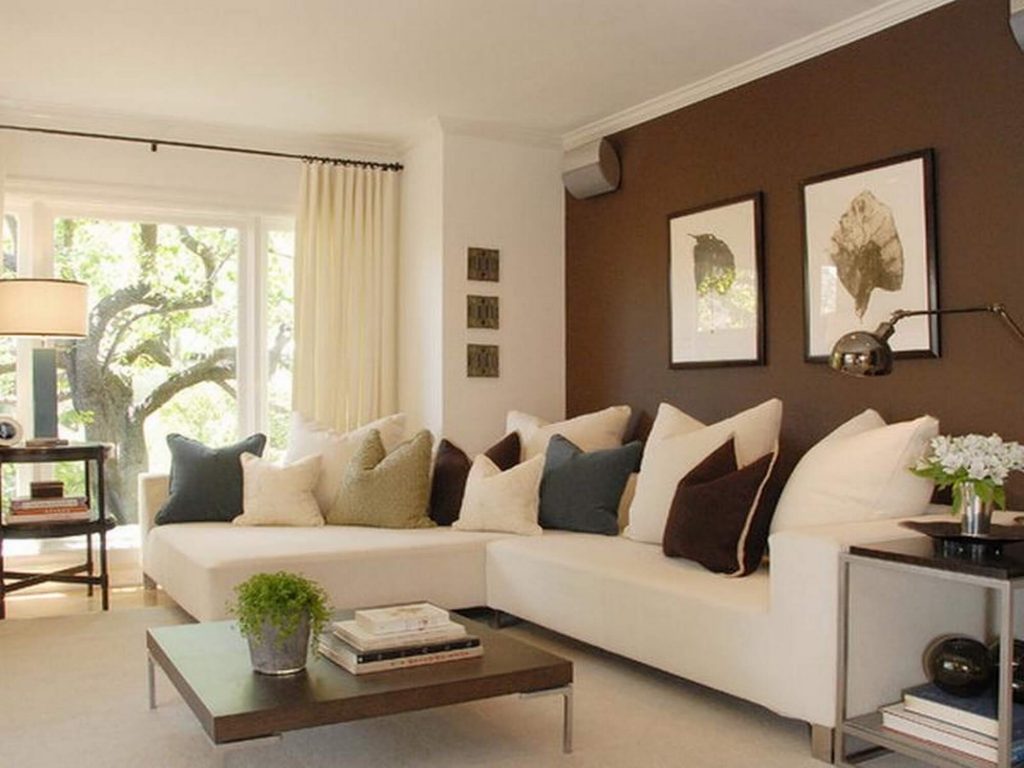


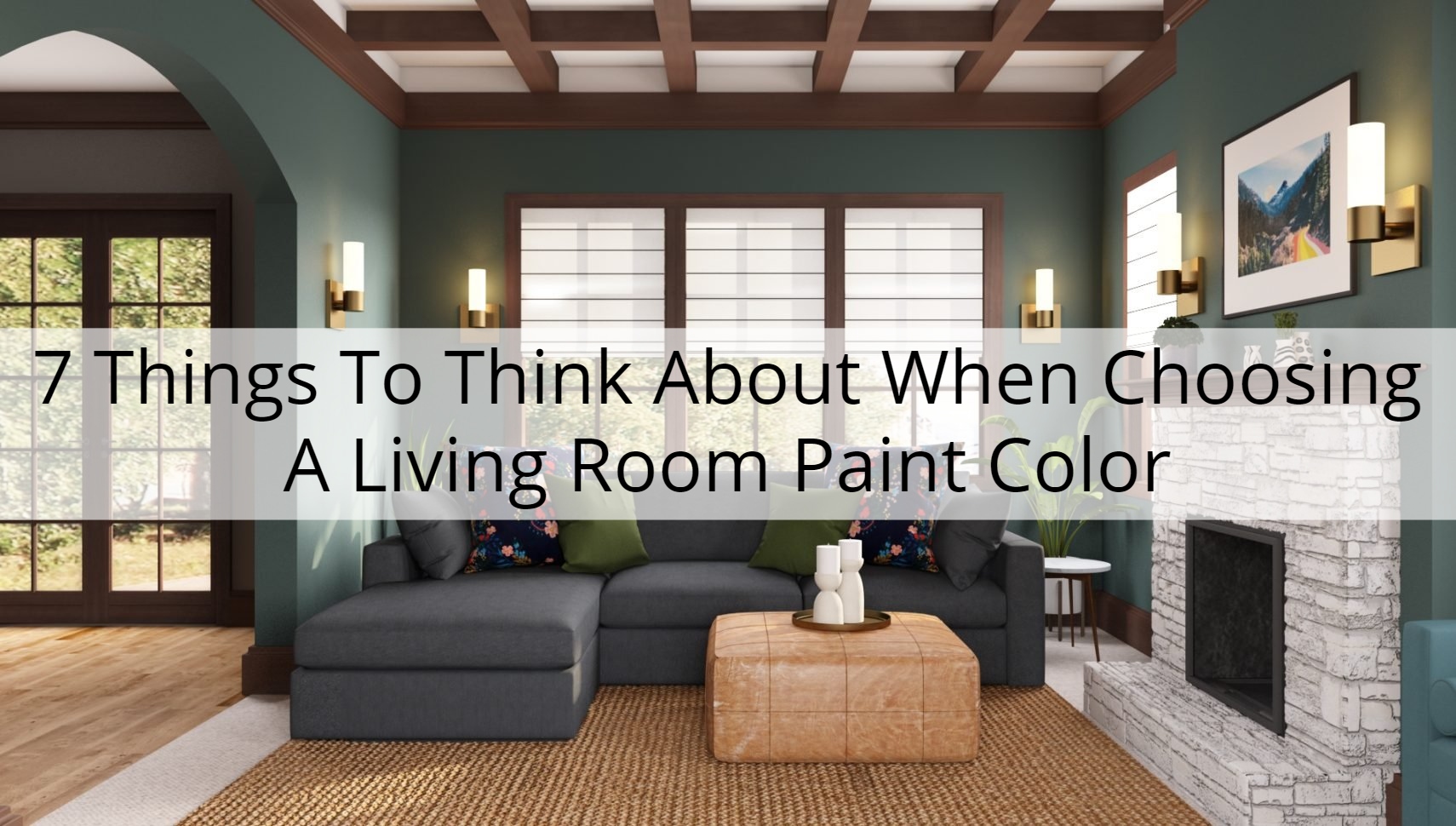

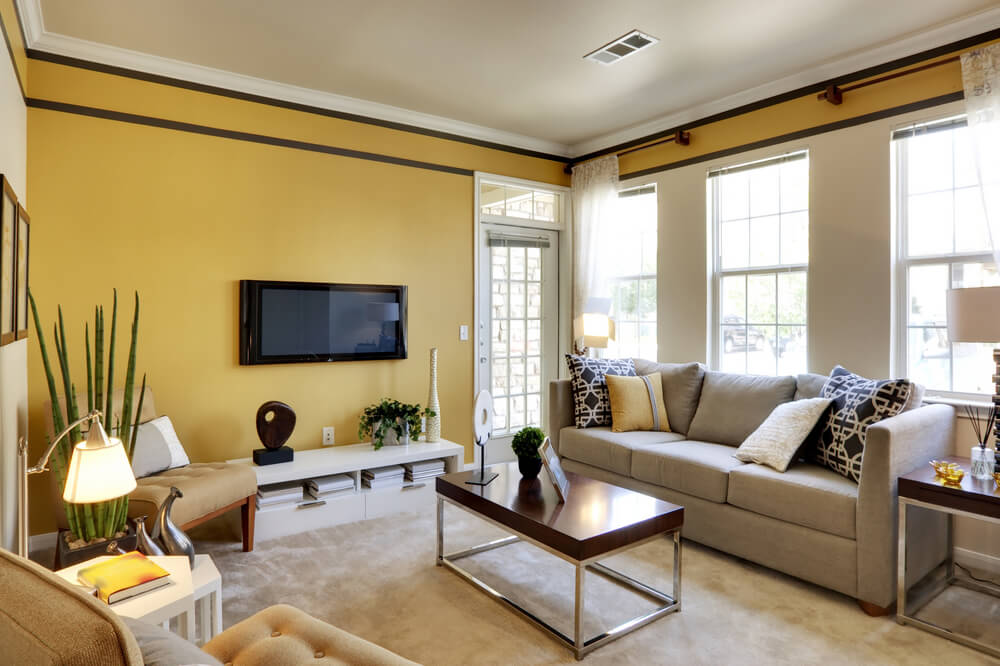





/Neutrallivingroom-GettyImages-568518365-5a6260a87d4be80036ac6b0c.jpg)

:max_bytes(150000):strip_icc()/showcase-home-interior-looks-inviting--487916813-5accd093fa6bcc00361bb970.jpg)



/169789002-58a723d63df78c345b930ec6.jpg)

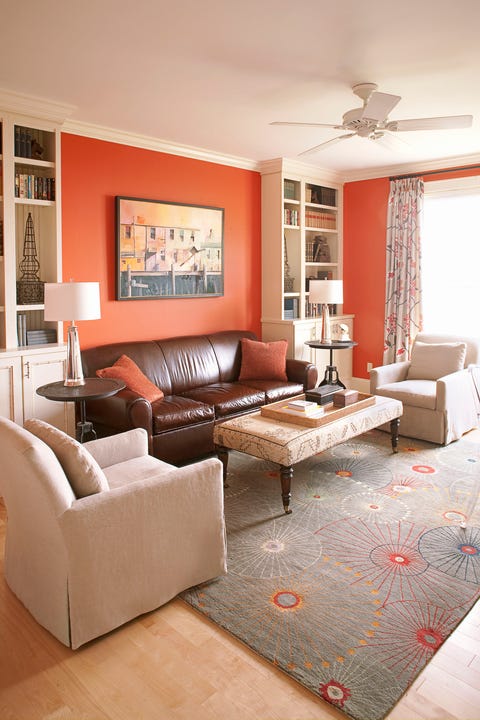



:extract_focal()/https://pocket-syndicated-images.s3.amazonaws.com/articles/5304/1596722483_at_housetours_2019-06_VivY-RhiannonSouthwell_AT_rhiannon_vivyapp-12.jpg)




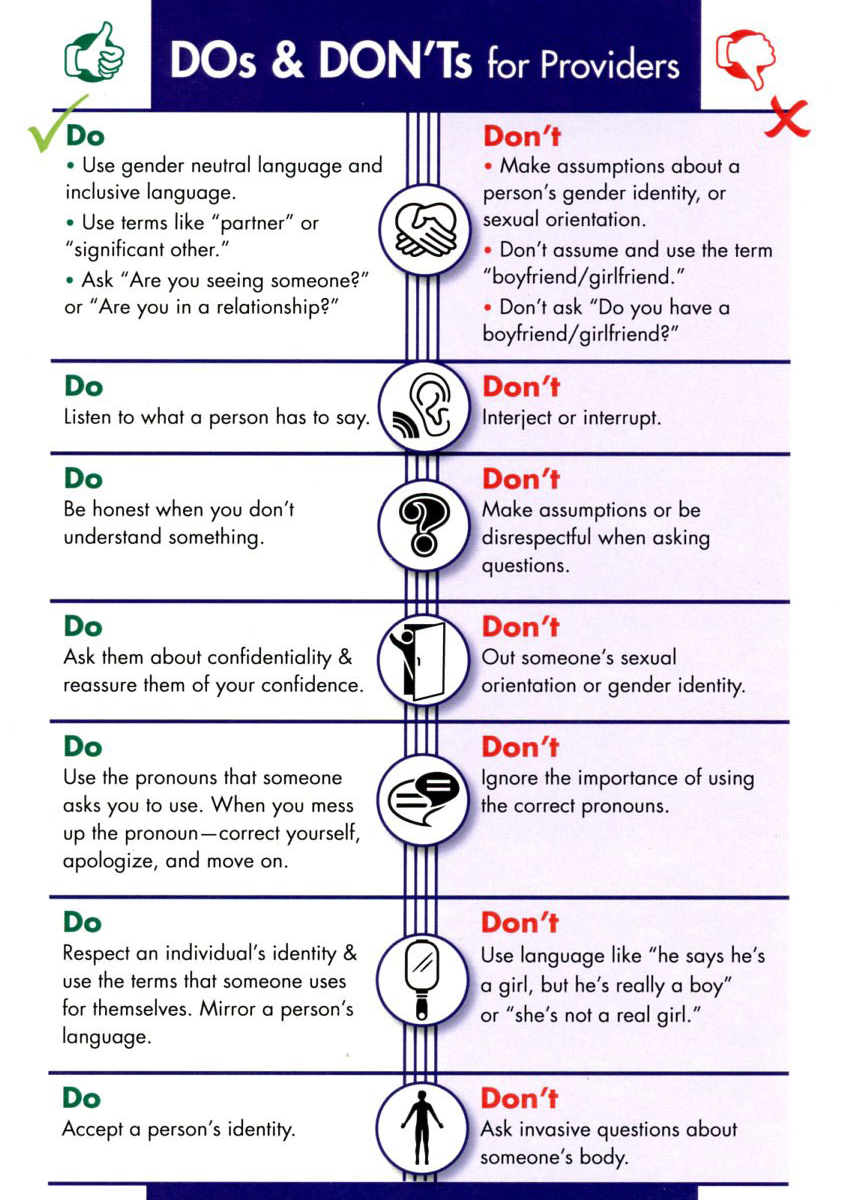






/living-room-with-orange-wall-640896866-5ab15995a18d9e0037c3a9ba.jpg)


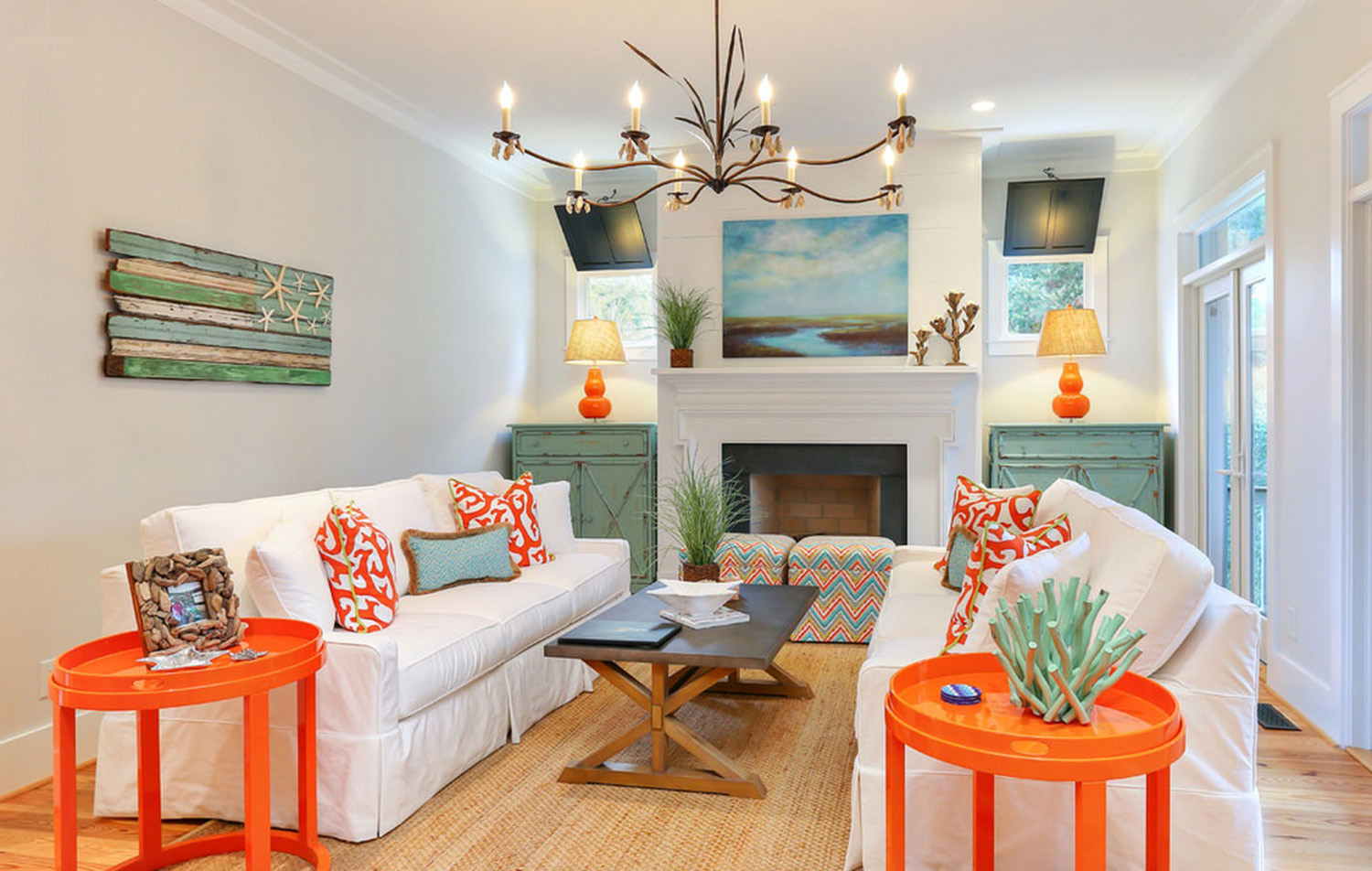



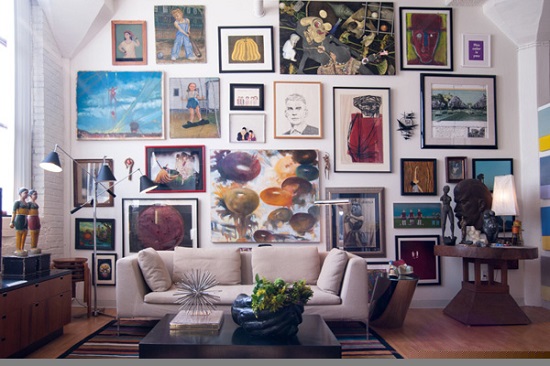







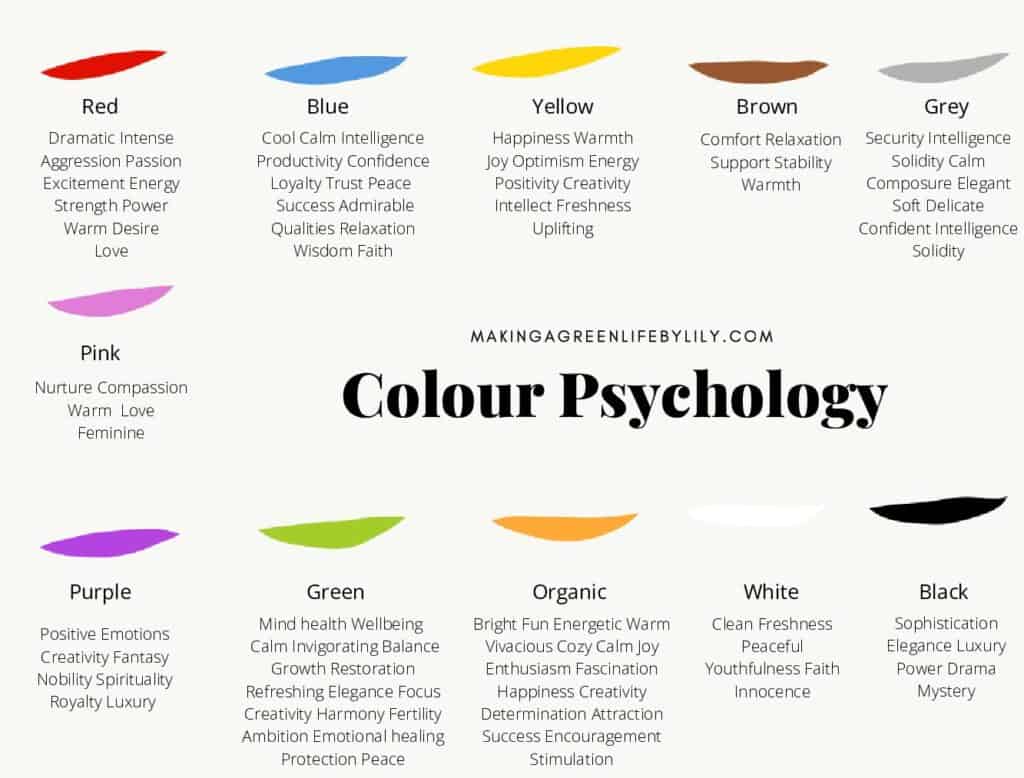
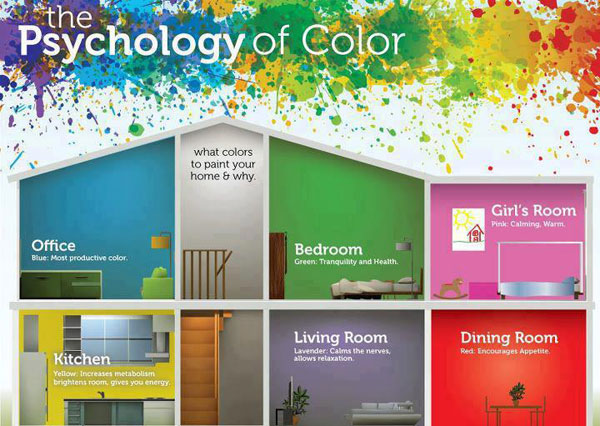








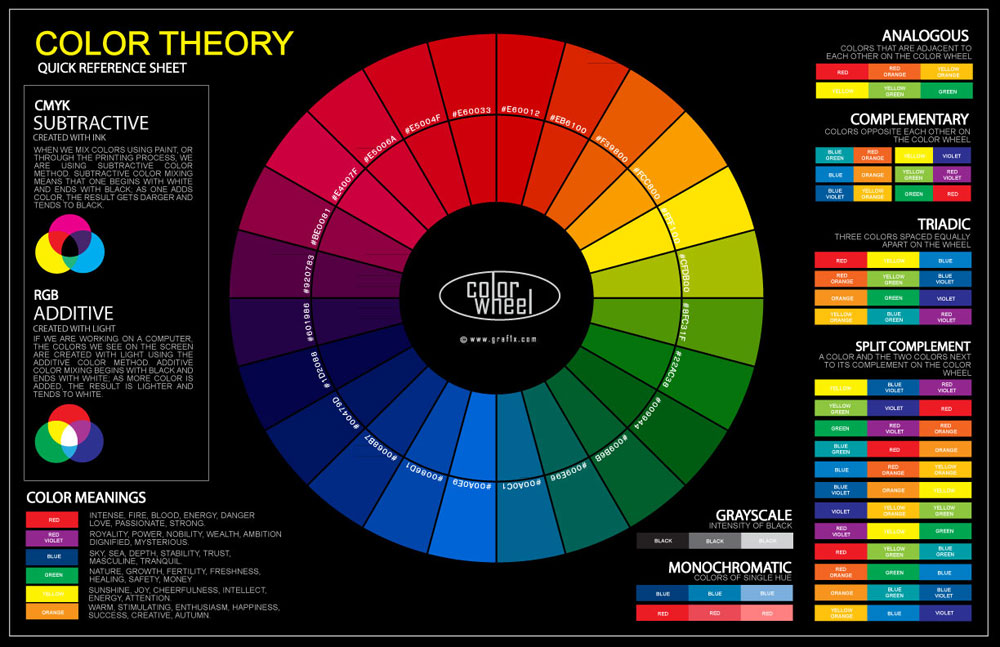
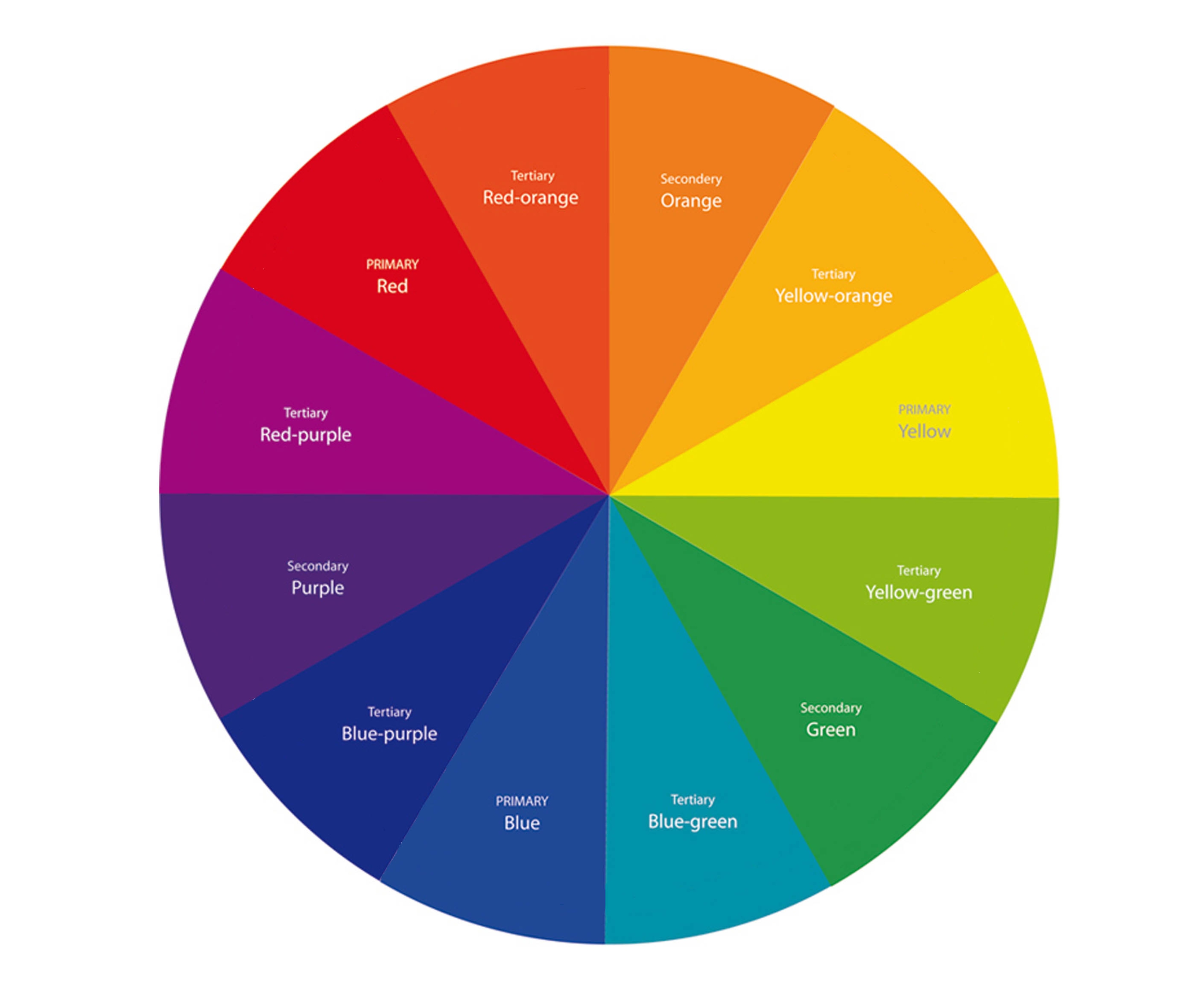
:max_bytes(150000):strip_icc()/choosing-interior-paint-colors-4011484-007-b567461297e44c4f8a84f1088e1f40ea.jpg)



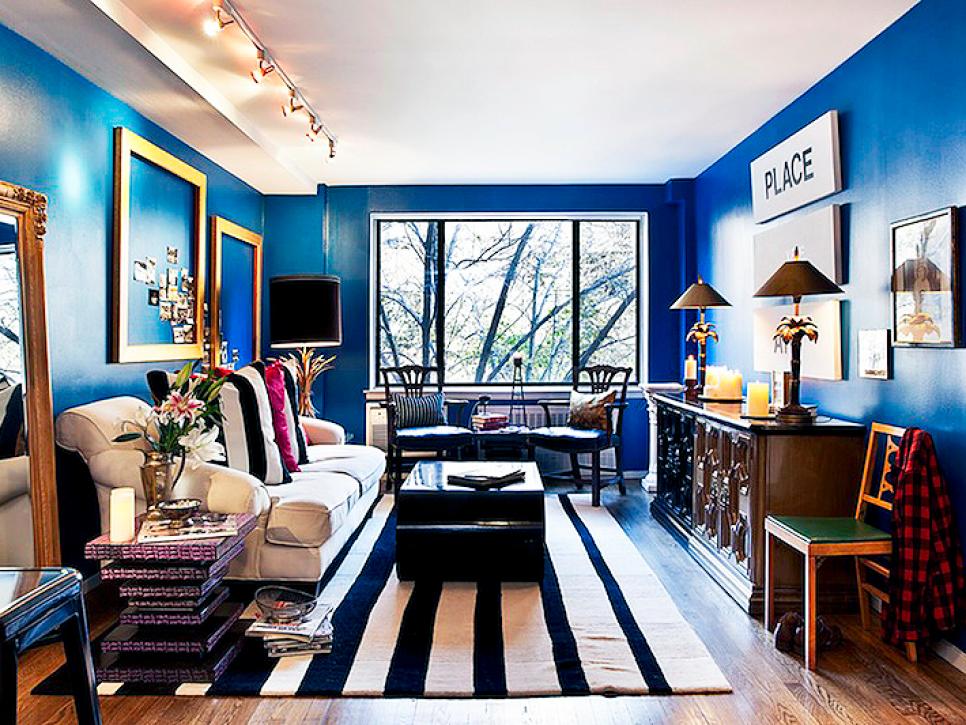
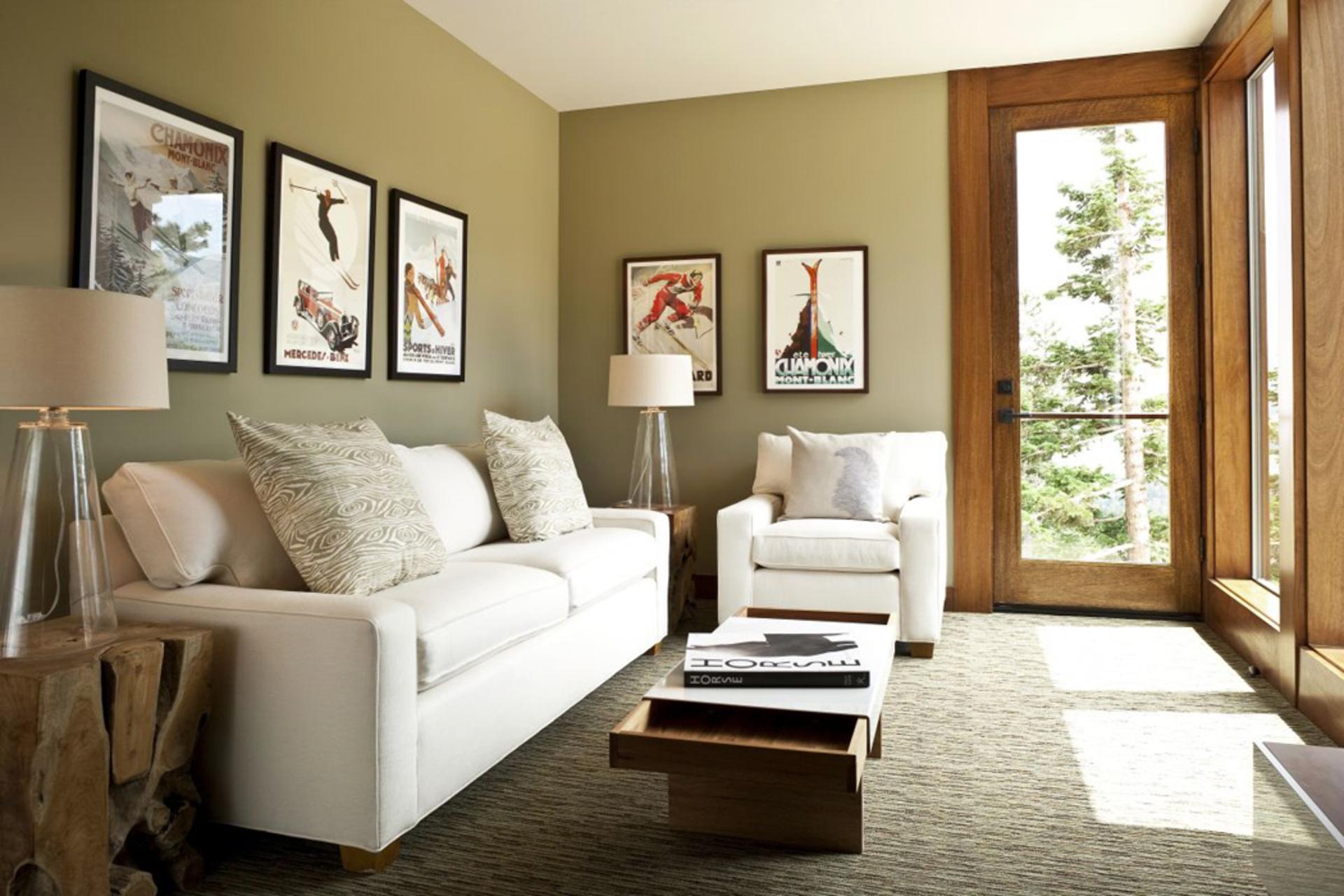

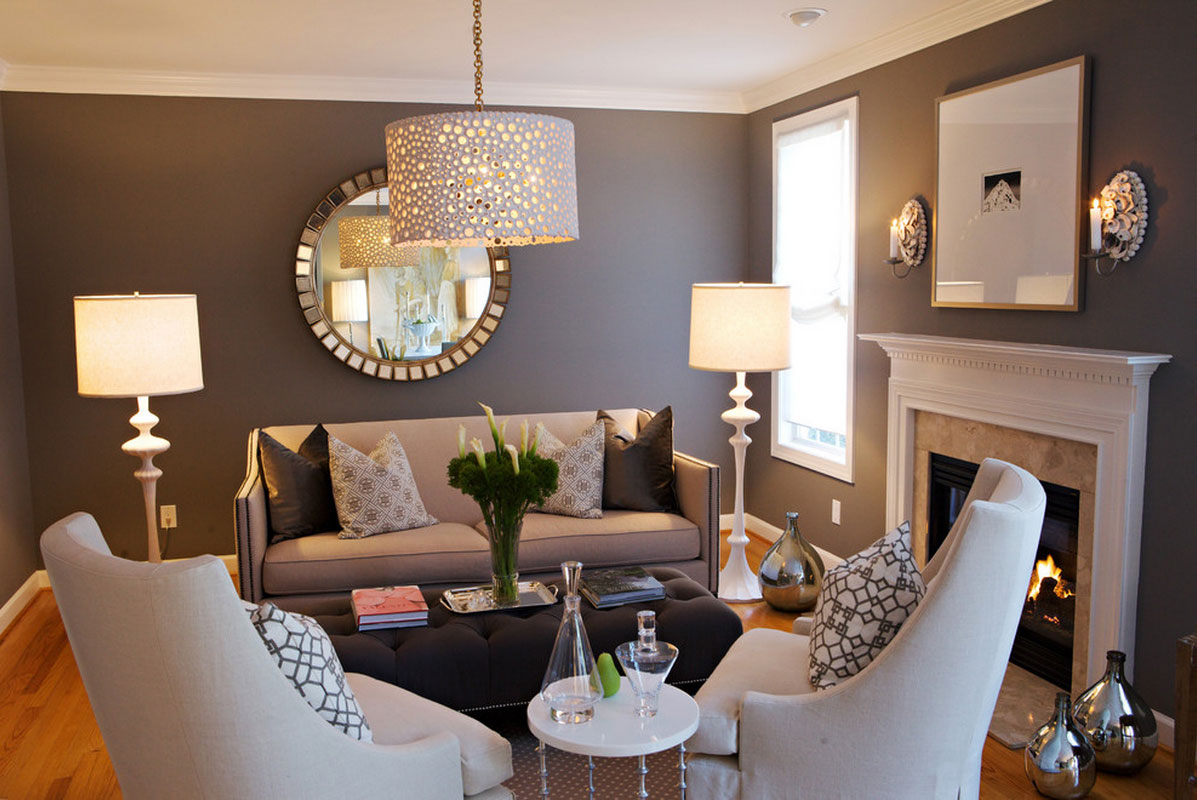


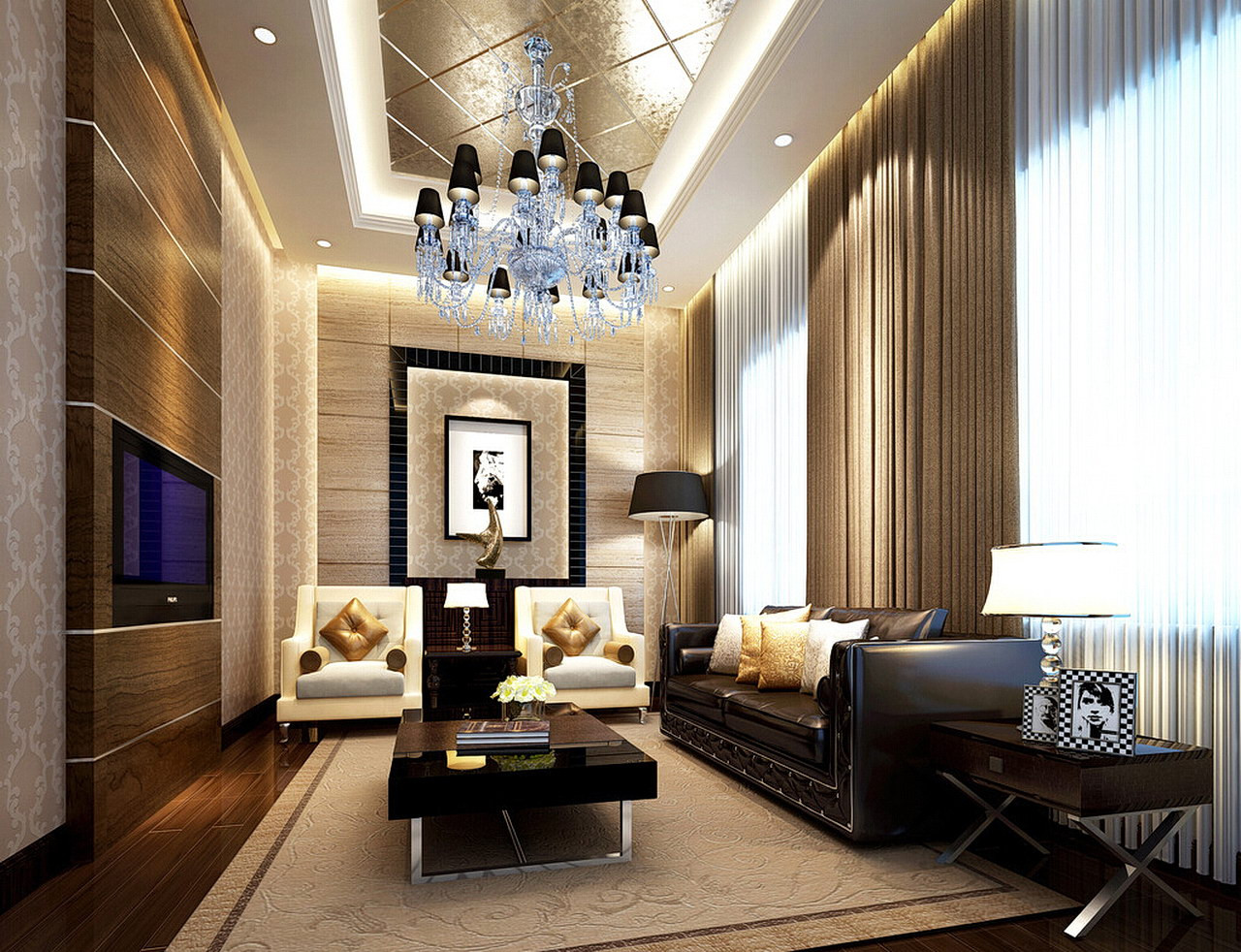

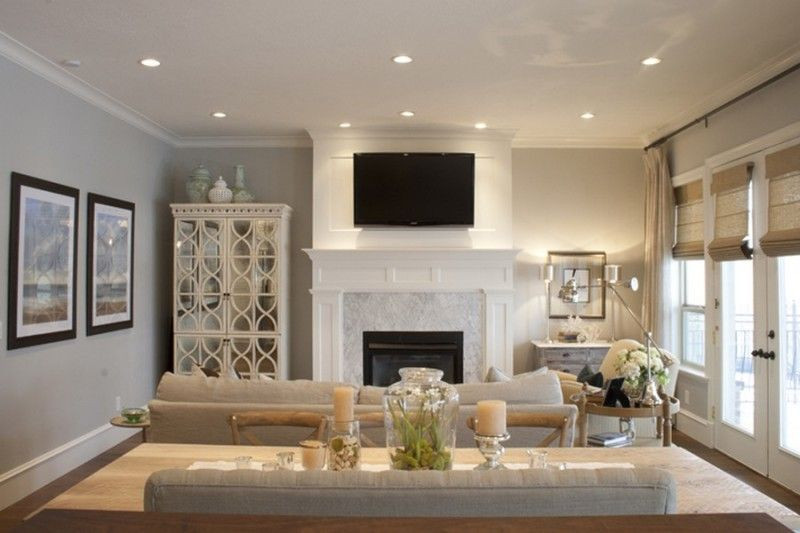


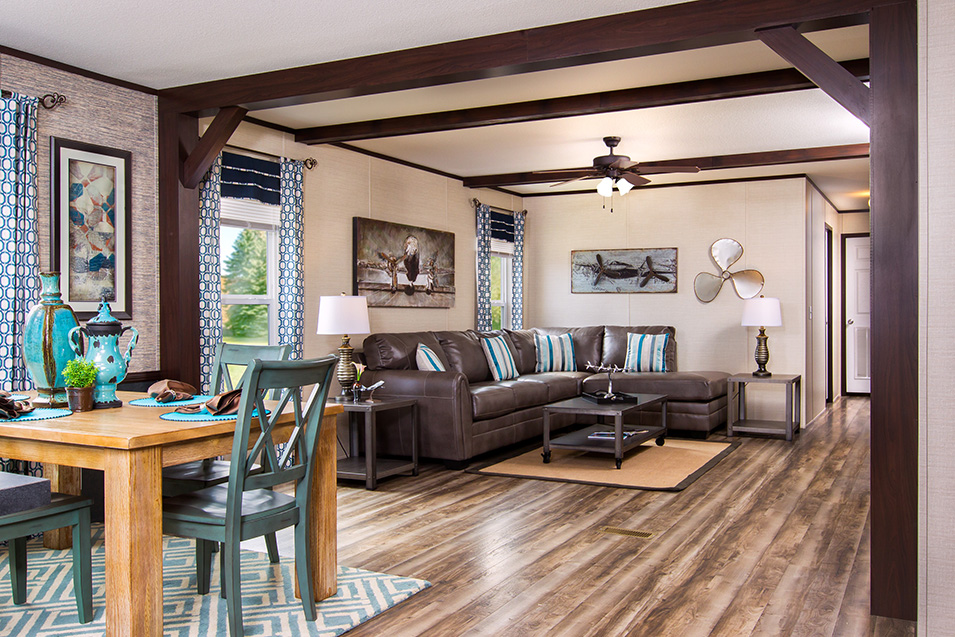
/cdn.vox-cdn.com/uploads/chorus_image/image/59419567/30571564_943058635860571_7993203735034977394_n.0.jpg)
